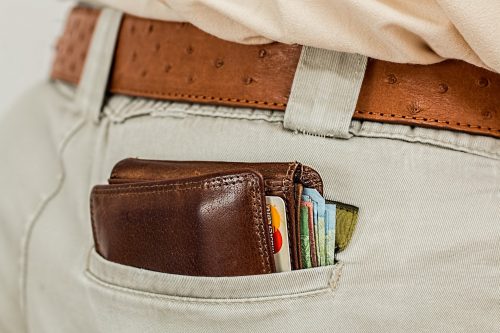About 40 families in a Pennsylvania school district received a threatening letter from an administrator this month: If you don't pay the lunch debt school fees of more than $10, the district said they could lose their children.
The letter, signed by Joseph Muth, director of federal programs for the Western Wyoming Valley School District, told parents that sending children to school without lunch money was a form of neglect, and "the result may unless your child is removed from your home and placed in a foster home."

Since then, local officials have condemned Muth's threats. Legal experts have weighed in, saying a parent's inability to pay would not qualify as negligence in the state. And on Wednesday, the school board apologized for the letter and reversed its initial decision not to accept donations to pay off the school district's $22,000 total lunch debt, NPR reports.
Although the indignation has returned to put the lunch debt school in the national spotlight, advocates say donations and apologies won't get to the root of the problem.
No one knows exactly how much school lunch debt exists across the country, because districts keep this information secret, according to Elyse Homel Vitale, a senior advocate with the nonprofit California Food Policy Advocates, which supports policies aimed at increase access to food. What is clear is that the western Wyoming Valley is not alone: A survey by the School Nutrition Association, which represents 58,000 school nutrition officials, found that more than 75 percent of school districts reported lunch debt in the previous school year, and 40 percent say their debt is growing.
The US Department of Agriculture, which runs the National School Lunch Program, has said its funds cannot be used to eliminate the lunch debt even though federal child nutrition programs are meant to curb this problem in the first place: In 2018, 30 million children living in households with incomes at or below 130 percent of the poverty line received free meals at through the NSLP. But each year fewer kids are getting free lunches, according to the Economic Research Service, and more kids are being denied meals because of clerical errors or program limitations.
Children living in households that receive benefits through the Supplemental Nutrition Assistance Program are automatically eligible for free meals, but school districts and states have to certify them first. According to Center for Food Research and Action analyst Crystal FitzSimons, this isn't always done correctly: Some states simply don't enroll the USDA-required 95 percent of SNAP participants. Other times, a child is overlooked when their name is misspelled.
Read More: How to pay your debts with low resources, part 2
The consequences of such a small mistake can be dire: As previous research from the nonprofit newsroom New Food Economy has shown, families sometimes believe their child is getting free meals, while in reality they are racking up hundreds of dollars in debt that districts can go after using for-profit collection agencies. Most districts in the 2018 SNA survey said they notify parents directly about the lunch debt or offer some kind of assistance, but only half accept donations.
One reason for the rise in controversy like this might be that the USDA required schools to begin collecting the lunch debt unpaid in 2017, according to SNA spokeswoman Diane Pratt-Heavner.
There's also a broader problem with the NSLP: Its eligibility criteria uses what economists agree is an outdated measure of poverty that ignores the cost of living and other factors that cause children to be insecure. food.




